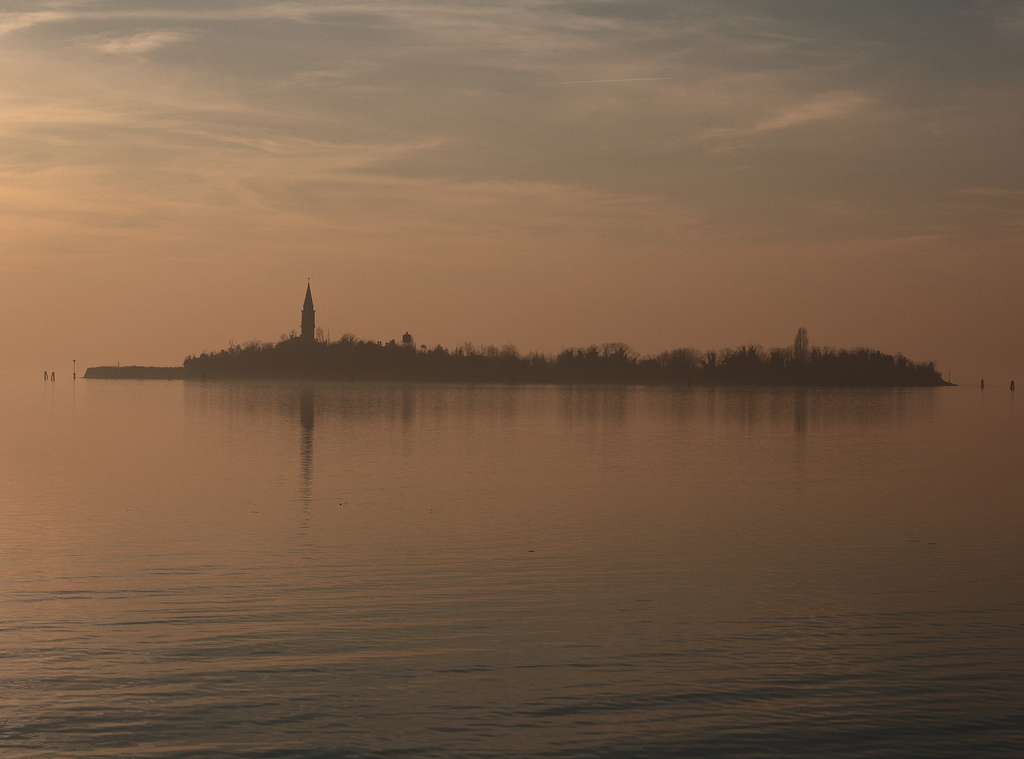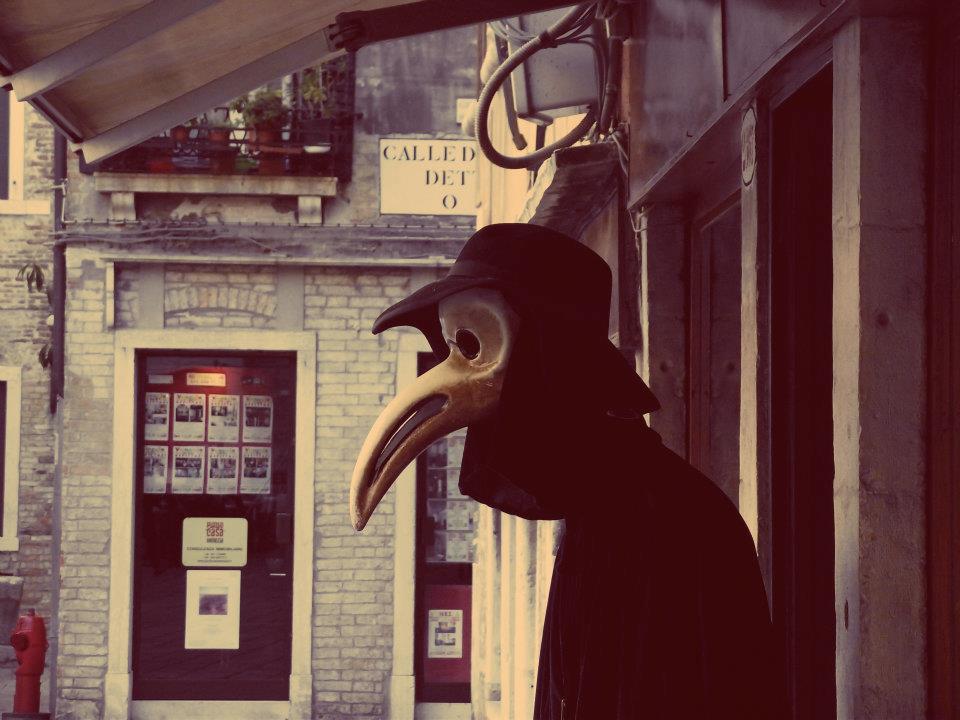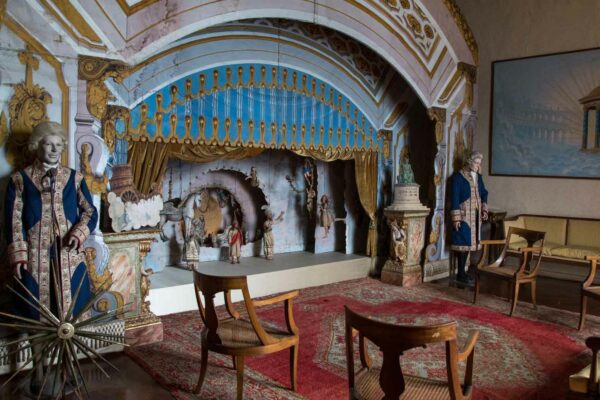If you’ve ever been to Venice, you’ll remember that it’s a chock-a-block city. Not just with with tourists but with houses, shops, palazzos and basilicas that seem to pile on top of each other, squeezed into every nook and cranny. In Venice and most of it’s surrounding islands of the lagoon, there is no more room at the inn.
So how could it be that one island, in between Venice and Lido, sits entirely uninhabited, abandoned and “not visitable” according to guide books?
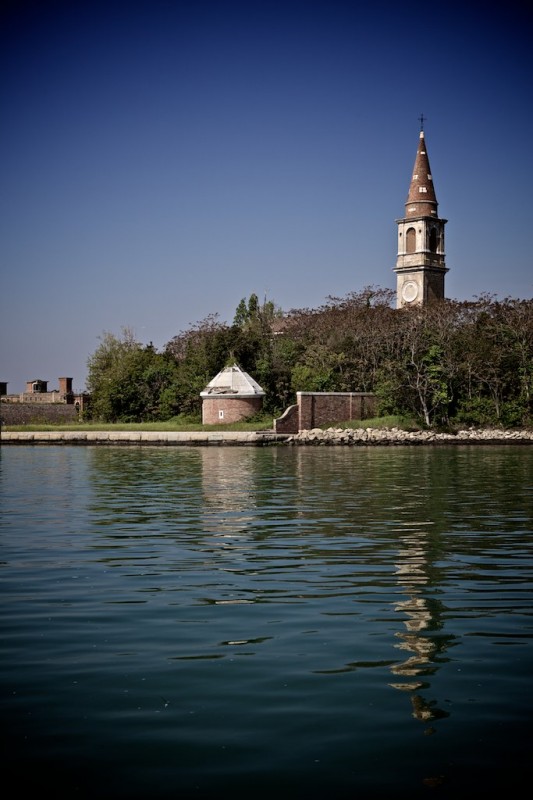
The last people that tried to inhabit Poveglia, a family, gained access to the island to build a vacation home there. They didn’t last through the first night when their daughter’s face was split open ‘by something’ and was later treated with 20 stitches.
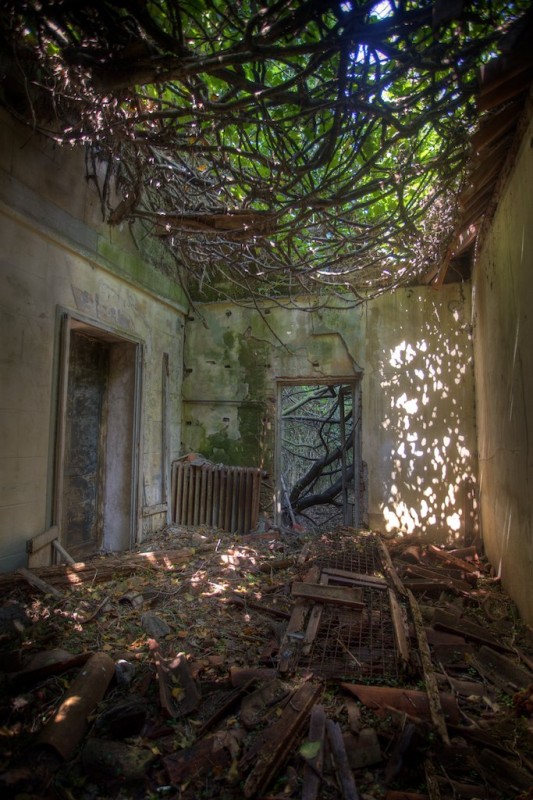
Today many locals avoid Poveglia like the plague, just as they did in the 16th century when the island was literally plagued. In 1576, the black death hit Venice and corpses began piling up on the streets, poisoning the air. Being the kind souls they were, authorities decided to take drastic measures and haul the dead to Poveglia and dump them into mass graves, just as the Romans had done before them when they rounded up thousands of plague victims centuries earlier, and dumped them in the very same spot.
As the plague became more devastating, even the living suspected of carrying the virus, along with young children were dragged from their homes and left to die in terror on Poveglia. It is estimated 160,000 people were disposed of on the island.
It might be worth noting at this point that the term quarantine was in fact coined in Venice. The word comes from quaranta giorni (forty days); the duration travelers were once required to stay on an isolated island or boat before they could be issued a clean bill of health and enter the mainland or continue on their travels.
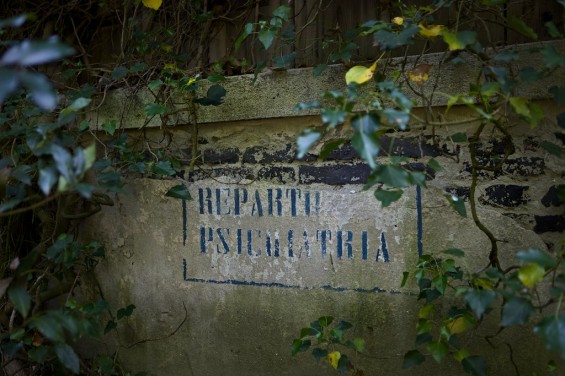
Fast-forward to the early 20th century and the quarantine island’s soil is still littered with human bones and ashes. And in typical style of psychiatric asylums to choose the creepiest locations available, one sets up shop right on Poveglia in 1922.
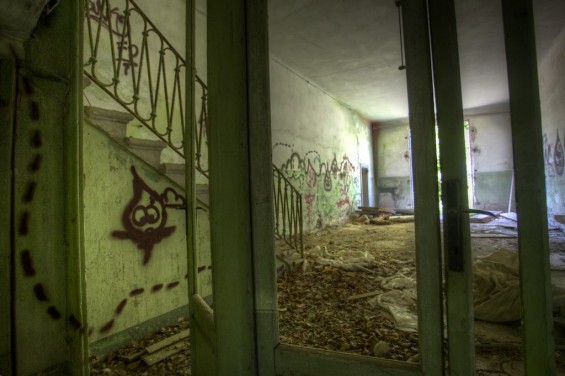
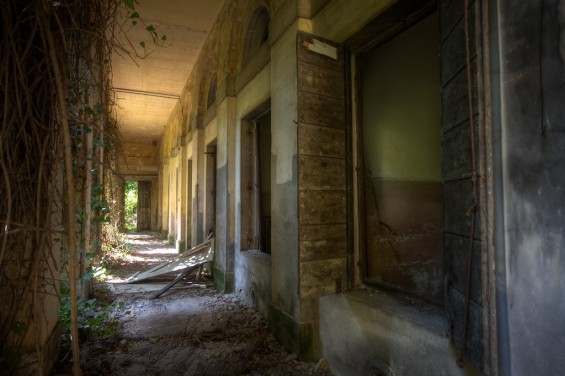
Almost immediately, patients began reporting that they had seen ghosts of plague victims and hearing menacing whispers echoing from the walls. As can be expected, the patients who were already deemed insane, continued to be treated as such.
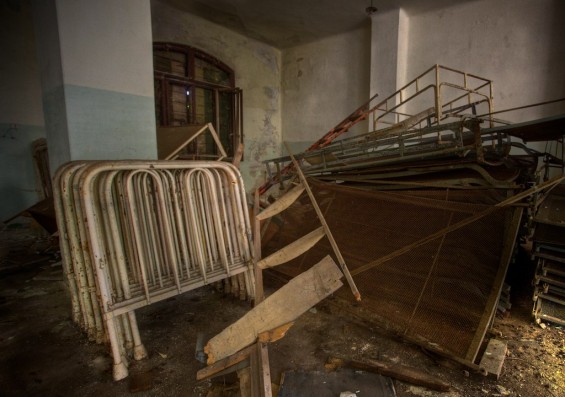
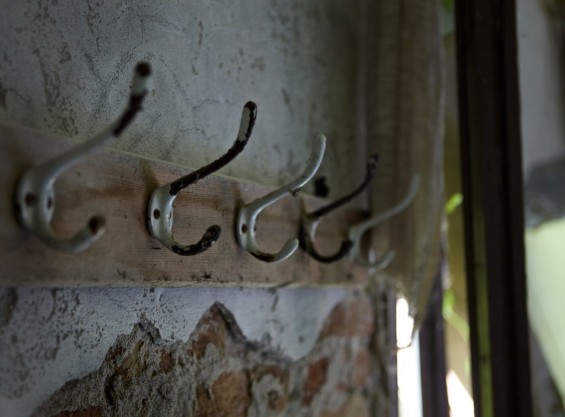
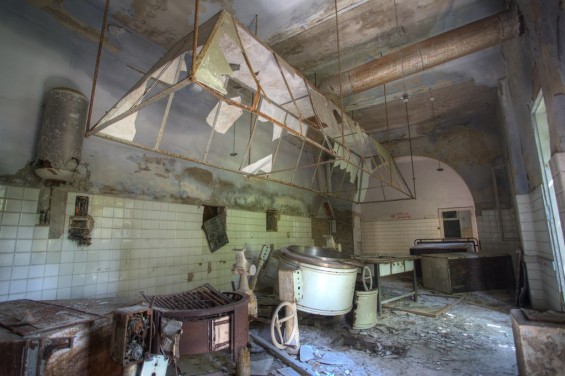
The hospital was run by a doctor who experimented on his own patients, trying to make a name for himself and find the cause of their madness. He performed neurosurgical operations with basic hand drills, hammers and chisels. Folklore claims that he tortured and butchered his patients in the bell tower, whose ruins can still be seen from a distance, transcending the thick and twisted overgrowth.
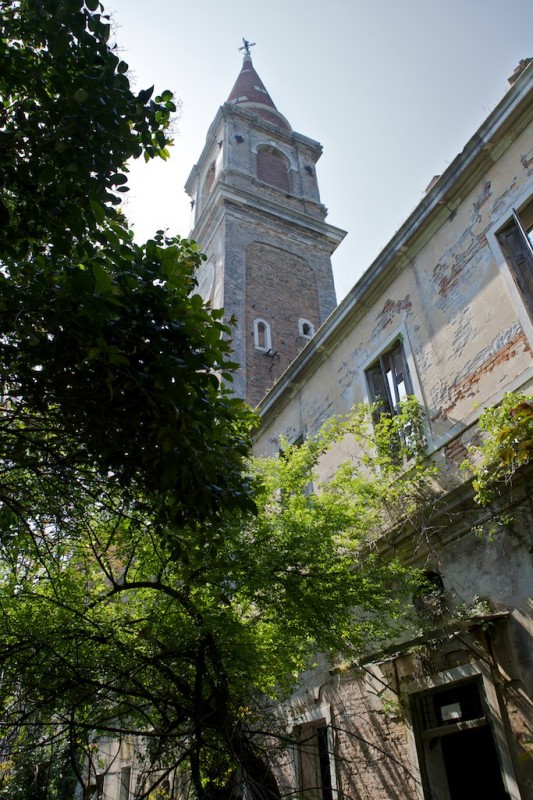
But after several years, the doctor himself began claiming to have seen ghosts of the plague victims and one fateful day took his own life when he threw himself off the bell tower. The story goes that ghosts led him to the bell tower. According to the nurse who found him still alive at the base of the tower, he was finally choked by an ashy mist that swirled up from the ground and took his life. Locals say his remains were bricked up in that bell tower and on a still night, its tolls can be heard from across the lagoon.
(I love a good ghost story).
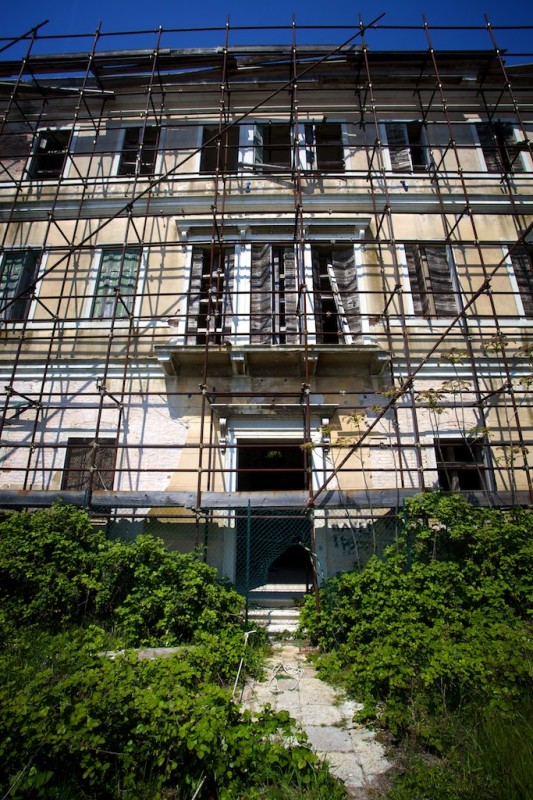
The hospital was finally closed down in the 1960s. Scaffolding surrounds the old asylum not to preserve the decaying structure but simply to delay its collapse. The few potential buyers who have considered inhabiting the islands since the hospital’s closure, have stayed very, very briefly.
Poveglia has never been excavated to uncover the 16th century mass graves, nor the Roman ones that buried even deeper. It is believed the most overgrown part of the island where an old vineyard once grew, is where the pits are most likely to be found.
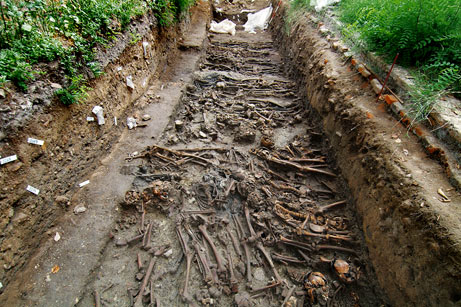
On another nearby small island, Lazaretto Vecchio, workers digging the foundations for a new museum discovered a mass grave, filled with the remains of over 1,500 victims of the Black Death.
While technically Poveglia is forbidden to locals and the 3 million tourists that visit the region each year, a few explorers have made the journey. The island is lightly guarded by Venetian authorities but the harder part will be finding someone to get you there.
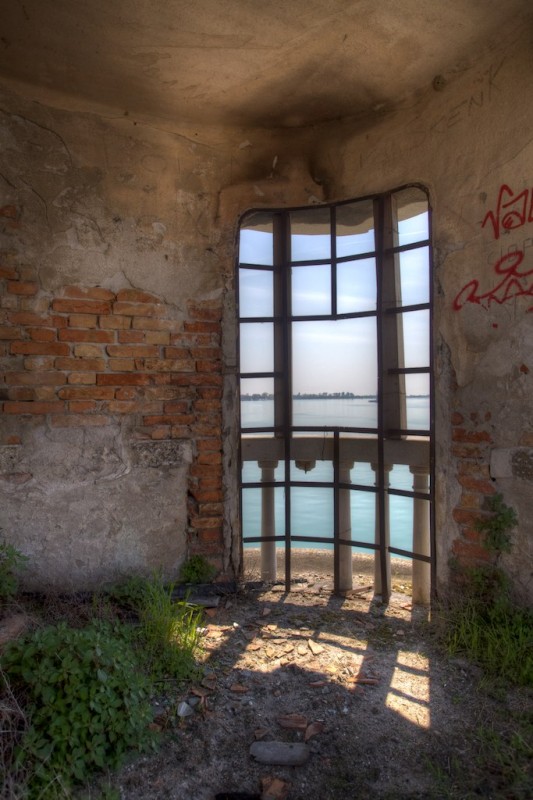
Convincing a boat operator to escort you to Poveglia can take several days and asking water taxis on the grand canal will be a guaranteed waste of time (and they’ll apparently laugh in your face). One young film-maker/ photographer/ journalist Ransom Riggs however, managed to convince an old fishing boat-turned tour guide of the lagoons, Il Bragozzo, to do him the honor. The day trip wasn’t cheap but it’s thanks to him and the captain of Il Bragozzo that I’ve been able to share with you all these rare photographs of Poveglia.
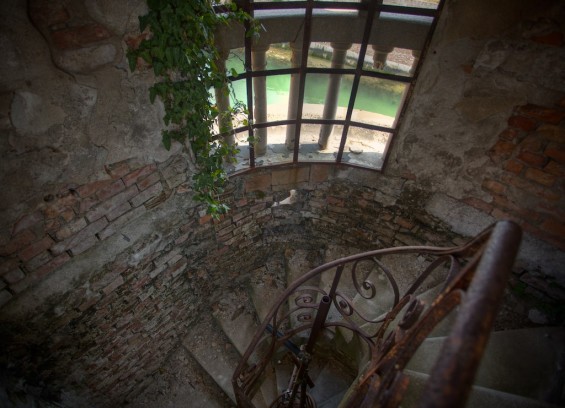
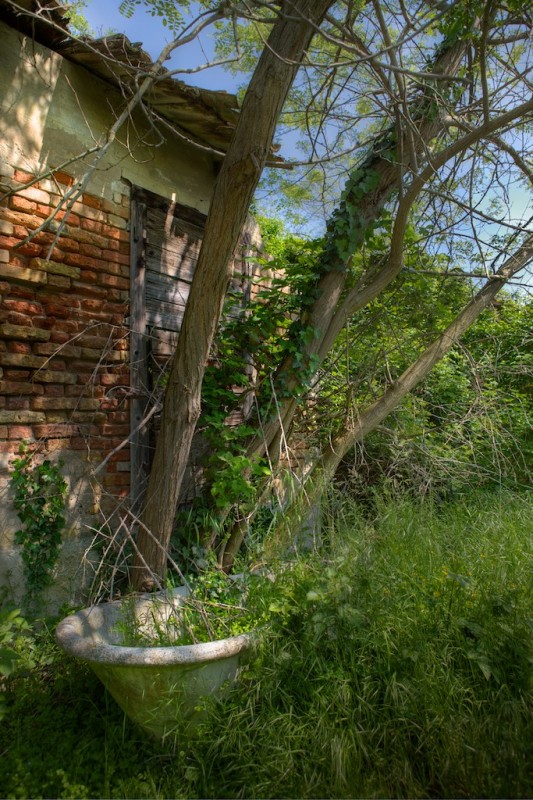
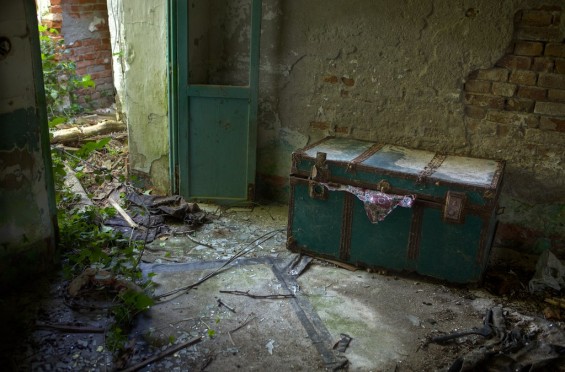
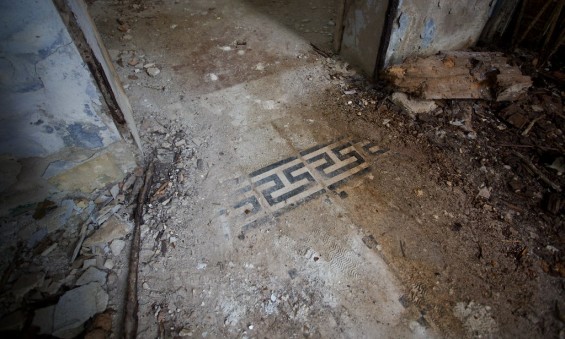
Rigg’s account of his visit to the island is considerably less gruesome than those of some of the previous visitors and compares it to “exploring the ruins of Mayan temples” rather than being in a horror movie. Maybe he went on a good day?! You can read about his fascinating visit here.
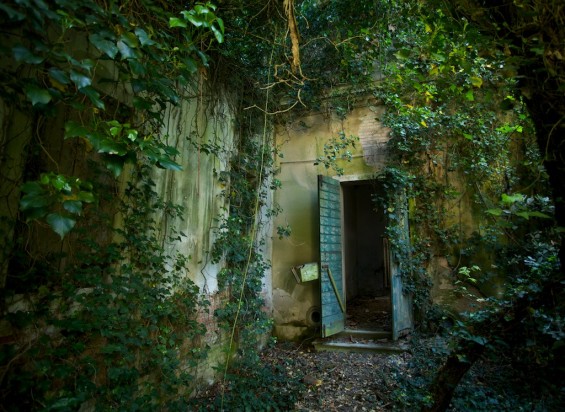
As for the dark folklore that riddles Poveglia’s past, is it just me or do they make this abandoned place even more appealing to visit?!


